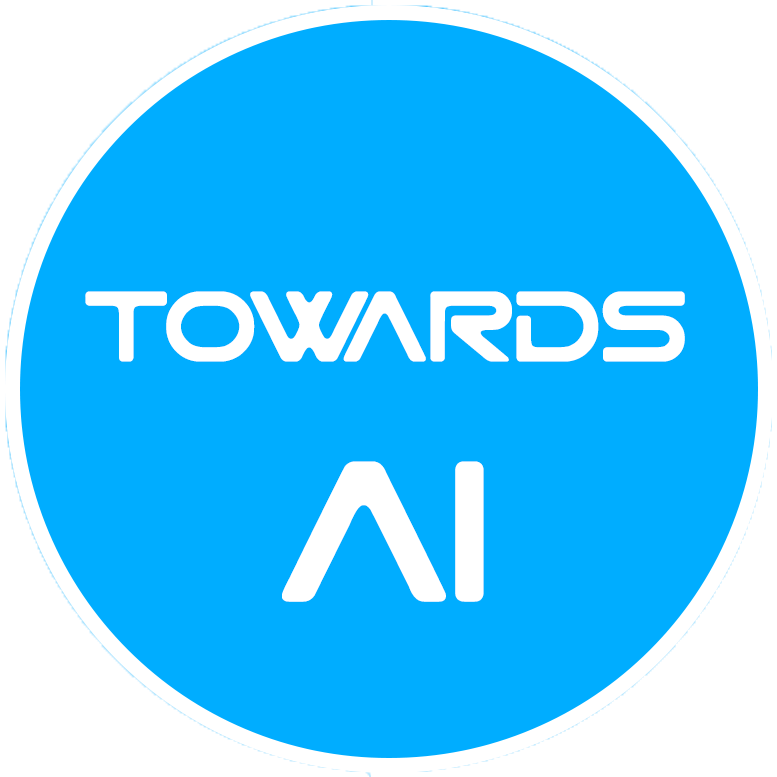
Unsupervised Learning Series #2: K-Means + K-Modes = K-Prototypes — Understanding How Data Type Defines Your Clustering Strategy
Author(s): SETIA BUDI SUMANDRA
Originally published on Towards AI.
When we step into the world of unsupervised learning, one of the first families of algorithms we meet is the K-Family — K-Means, K-Modes, and K-Prototypes.Each member of this family plays a unique role in helping us make sense of unlabeled data, depending on one crucial thing: the type of data we have.
In this second part of the Unsupervised Learning series, let’s take a closer look at these three algorithms — not just from a technical view, but by understanding the story behind their formulas.Because at the heart of every clustering strategy, it’s the measurement of “similarity” that makes all the difference.
If you interest with modelling & Analysis, feel free to acces another my articles here:
“No Label, No Problem”. That’s the motto of Unsupervised Learning — a fascinating branch of machine learning where…
pub.towardsai.net
Intro — From 🤯 to 😎
medium.com
Not part of the Medium’s partner program? No worries! 👉 Read this article here.
medium.com
Imagine we’re trying to group a crowd of people.Some carry numbers (like age and income), some bring labels (like their city or job title), and some have both.
Would we treat someone as “similar” because they earn about the same?Or because they have the same job?Or both?
This simple question sets the… Read the full blog for free on Medium.
Join thousands of data leaders on the AI newsletter. Join over 80,000 subscribers and keep up to date with the latest developments in AI. From research to projects and ideas. If you are building an AI startup, an AI-related product, or a service, we invite you to consider becoming a sponsor.
Published via Towards AI













